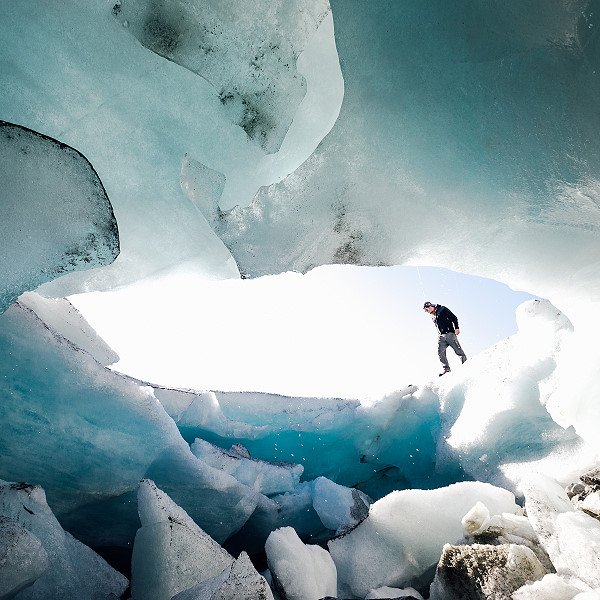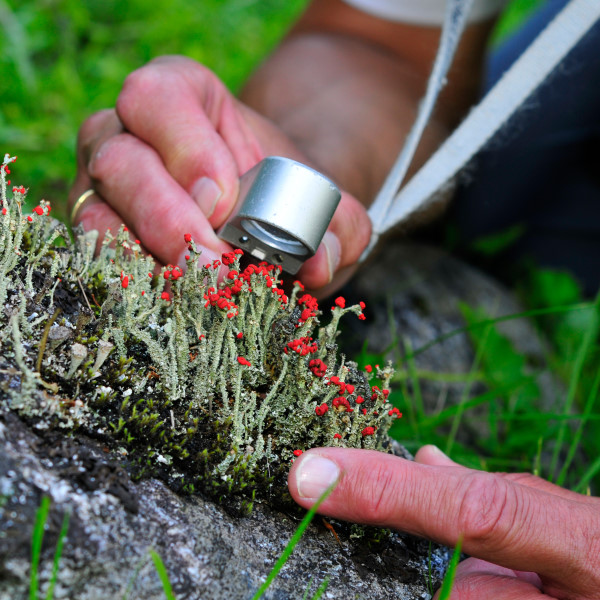Comprehension and
protection
Research allows developments in nature to be better understood, be made easier to communicate and as a result be better protected. The protected area is an inexhaustible open-air laboratory. Scientists are involved in compiling an inventory of the plant and animal species in the protected area, as well as in recording the impact of climate change on the sensitive high-mountain ecosystem. This research provides the basis for the management of the national park and is therefore an important contribution towards preserving the natural and cultural heritage.
Long-term monitoring
Development and implementation
Conclusions can be drawn about changes to ecosystems thanks to on-going scientific monitoring of selected observation areas.
Inventory
Biodiversity and geodiversity
Capturing and documenting the biodiversity in flora and fauna as well as the geodiversity in the protected area and its surroundings is an interdisciplinary research task.
Quality assurance
Management support
Research in the national park is an important contribution to the development of nature and species protection, along with the development of the entire region and society.
Technology
Usage and further development
The latest technologies enable tasks to be completed more efficiently and more accurately.
Economy and society
Impact and repercussions
The Hohe Tauern National Park sees itself as part of the economy and society of the entire region. Research also supports further development here.
What do we want to achieve
Research in the Hohe Tauern National Park is not an end in itself. All activities are embedded in the research mission of Nationalparks Austria and correspond with the current research concept for the protected area. Read more here…
RESEARCH CONCEPT RESEARCH MISSION FROM NATIONALPARKS AUSTRIA
The council of experts
In order to have a valuable outside perspective of all research activities, the Hohe Tauern National Park set up a scientific council (Wissenschaftlicher Beirat) in 2011. Representatives from a variety of scientific disciplines advise the national park about formulating and further developing its research strategy, about quality assurance and maintaining contact with national and international research institutions.





